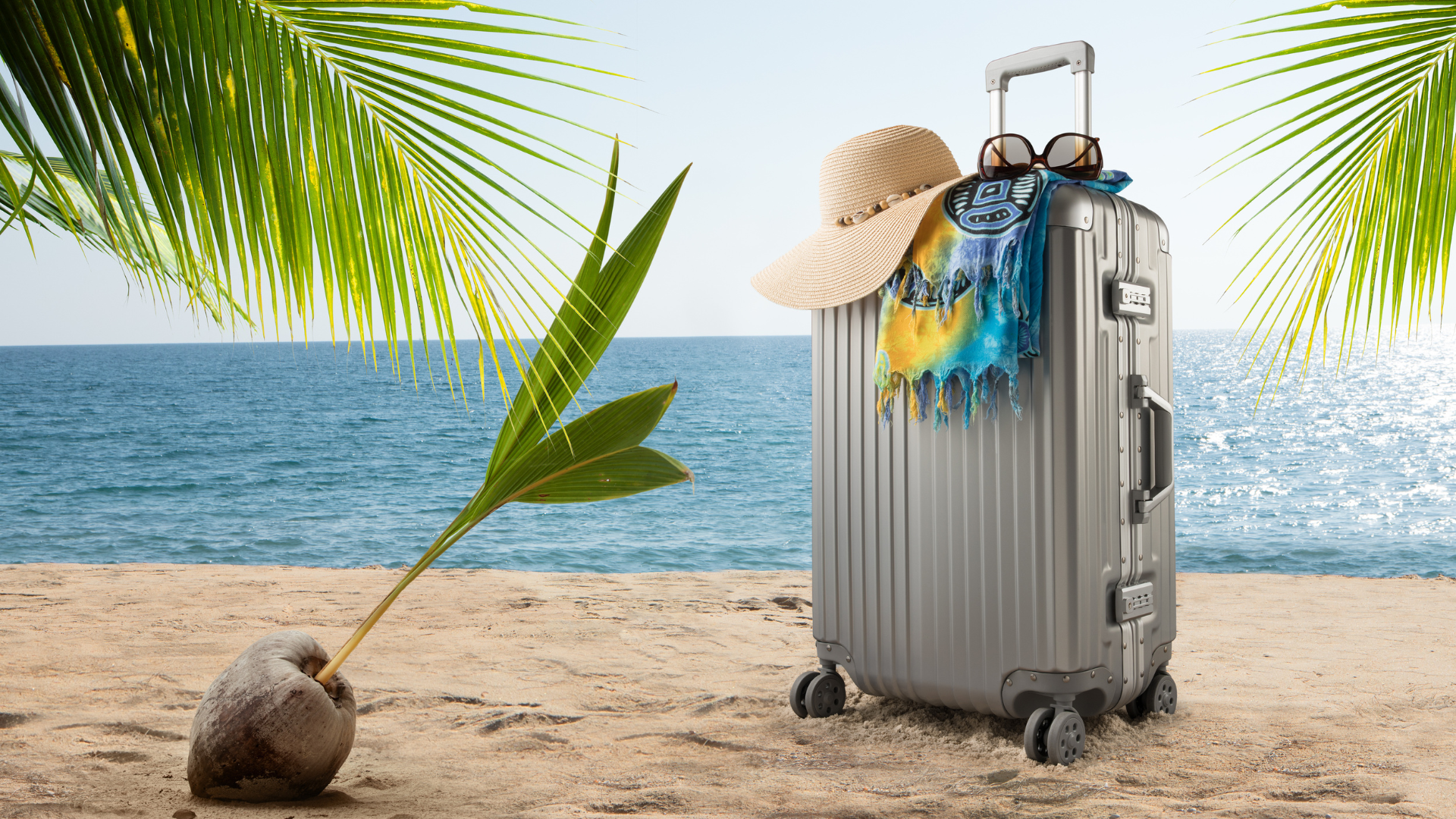When Healing Hurts: The Insidious Isolation of Chronic Pain
The nightmare starts simply enough - an accident tweaks your back or ominous test results confirm worrisome symptoms. Before fully grasping this doorway to life long limitation, rest and recovery rightly take centre stage.

The nightmare starts simply enough - an accident tweaks your back or ominous test results confirm worrisome symptoms. Before fully grasping this doorway to life long limitation, rest and recovery rightly take centre stage.
Yet during the chaotic medical maze of figuring out what’s physically wrong, your mental health unwittingly takes a tragic turn for the worse.
Discomfort Breeds Homebody Habits
Early on, pain and fatigue rapidly limit activity, especially anything social or outside fixed routines. A healing body desperately craves calm and comfort. So you start declining dinners out, backyard bbqs at friends’ places, long meandering shopping trips or even quick coffee catch-ups if they disrupt rest.
Such stable sameness settles nerve and tissue. If healing is the temporary priority, what’s the harm in home bound days?
But in small, subtle shifts, the home morphs into a hiding place while motivation for going out nosedives. Discomfort avoidance creeps in - preventing even minor social risks like a picnic at the park or neighbors popping by. Weeks become months without fully touching society’s bustling current. Atrophy starts claiming both muscle and mood.
Vitamin D Deficiency Mirrors Emotional Malnutrition
Stuck inside, vitamin D levels plummet from lack of sunlight just as optimism fades without regular community exposure. Isolation edges out all but your closest care circle as even chatting grows exhausting. But even best friend give you space during this inward season. Their texts dwindle as social hunger pangs gnaw your frayed nerves, stirring cravings for conversation.
Idleness Breeds Anxiety While Activity Feels Dangerous
In the emotional void and silence, anxiety surfaces without welcome distraction. Brooding thoughts hold pity parties about limitations as dread floods in. Perhaps fatalistic rumination even convinces constricting comfort zones somehow keep you safer. When risk means flare-ups, best to avoid reaching out. What if you commit to plans you later cancel? Won’t it annoy friends less to leave them alone?
Occasional good days dawn offering windows of energy to get out again. But having skipped gatherings so long, even close community connections feel awkward. What once gave confidence now spurs panic - a conflicted distressing sign you’re slipping into despair’s trenches.
Cut Off From Care, Depression Digs In
When rare good day opportunities cause more cowardly distress than cheer at rejoining society, the pain wins. In vain you reason with reclusiveness, remembering past enjoyment of favorite people and places.
Just one baby step back out should suffice. But the outside no longer resembles welcoming horizons. Without ongoing nurture of communal roots, it’s alien and terrifying territory now.
So you retreat further into safer spaces and screens for digital dopamine hits. But poor virtual substitutes cannot replace the tactile laughter, creative chemistry and organic intimacy of in-person gatherings. Online masks also hide plunging moods from the very friends who could throw lifelines if aware.
Pride prevents admitting how badly isolation has damaged mental health and disrupted daily functioning. After all, shouldn’t you be able to handle this by now? Everyone else rallies faster from setbacks while you sink in slow motion abandonment.
The Tragic Endgame - Separation Anxiety Disorder
When isolation’s insidious cycle becomes the status quo response to discomfort for month after month, clinical anxiety warps perspectives.
While separation anxiety disorder (SAD) is attributed to children, do we not enter a childlike state when we are isolated and separated from other people and human interaction?
Journeys outside housing walls without trusted companions now trigger physical panic attacks – pounding pulse, tremors, breathing trouble and all.
Even envisioning past fun situations lines the mind with dread instead of fondness.
In isolation’s cruel climax, past foundations of joy forever shift into overwhelming sources of distress. Friends still extend offers not realizing why you distance more with each decline. But even their caring company cytokines raging inner storms now when away from carefully constructed comfort zones.
This full force separation anxiety is no small hiccup but a dangerous feat achieved by isolation left unchecked during early injury. Had stalwart emotional support walked beside early physical therapy, solidarity could have prevented the social atrophy and catastrophic thinking.
It may be tempting to disappear a while, to retreat until healed. Yet without continual communal calories, acute ailments often pave the perilous road towards isolation’s cliff edge. Stay vigilant for subtle shifts in thought patterns or perceptions showing social nourishment fading.
Your best life lines?
Openness about struggles and permission for loved ones’ patience as you regain strength one shaky step at a time without shame. You were not made for isolation. Always reach out before its gravity becomes inescapable.
Healing happens best together. You need never walk this road alone.



